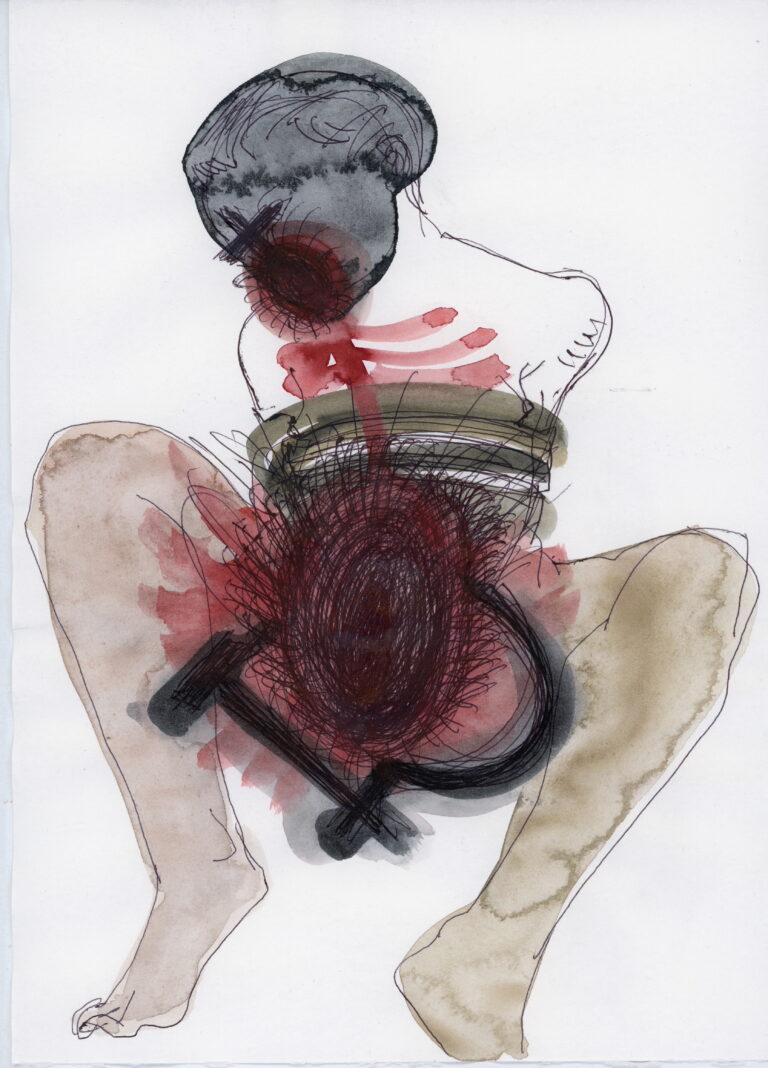
Women at War gathers the works of twelve Ukrainian artists who employ a variety of media to address the Russian war against Ukraine, from its beginning in 2014 to the full-scale invasion in February 2022, through the lens of gendered experience. The exhibition explores the struggle for Ukrainian independence and women’s equality against the backdrop of the war and its impact on both the national and individual psyche while giving voice to women as narrators of history and agents of change. Curated by Monika Fabijanska, Women at War premiered at Fridman Gallery, New York, in the summer of 2022, and continues its North American tour through 2025.(1) I recently spoke with Fabijanska, known for her critically acclaimed exhibitions focusing on women and women’s art, about the challenges of organizing an exhibition about war alongside the show’s many themes of loss and resiliency, national identity, and feminism.
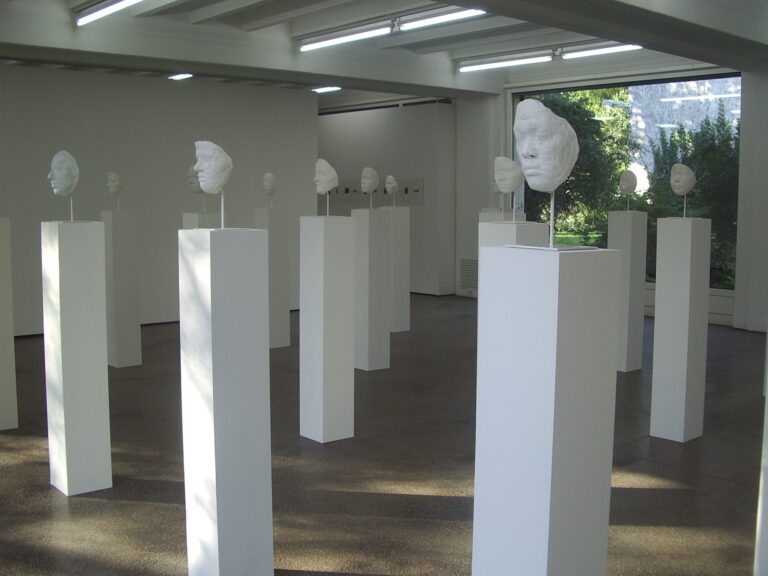
A new memorial project in Budapest, Memory of Rape in Wartimes: Women as Victims of Sexual Violence, will commemorate female victims of wartime rape, while establishing a culture of dialogue around rape and violence in Hungarian society and the region. In the following interview, art historian and critic Edit András discusses the origins of the memorial, the process for vetting proposals, and how contemporary public memorials to collective trauma should be conceived.
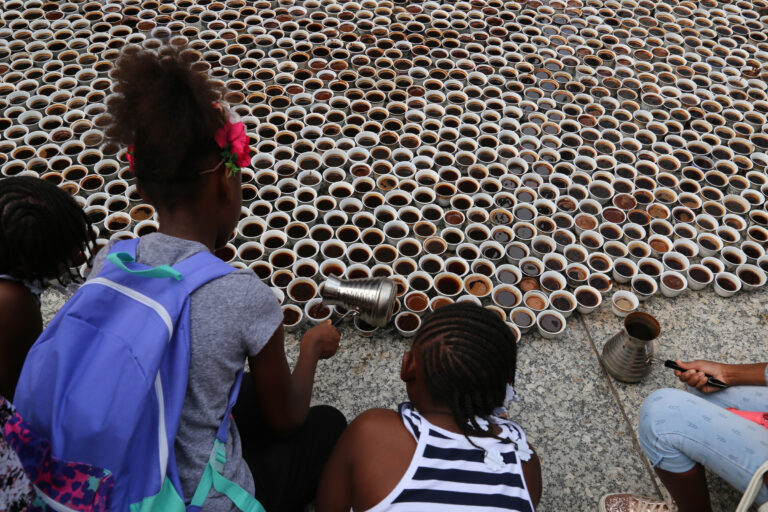
ŠTO TE NEMA (Where have you been?) by Bosnian-born artist Aida Šehović is an annual nomadic monument to the victims of the 1995 Srebrenica genocide that has traveled internationally to 15 different cities from 2006 to 2020. This participatory public monument, consisting of more than 8,372 fildžani (small porcelain coffee cups) that have been collected and donated by Bosnian families from all over the world, addresses issues of trauma, healing, and remembrance.
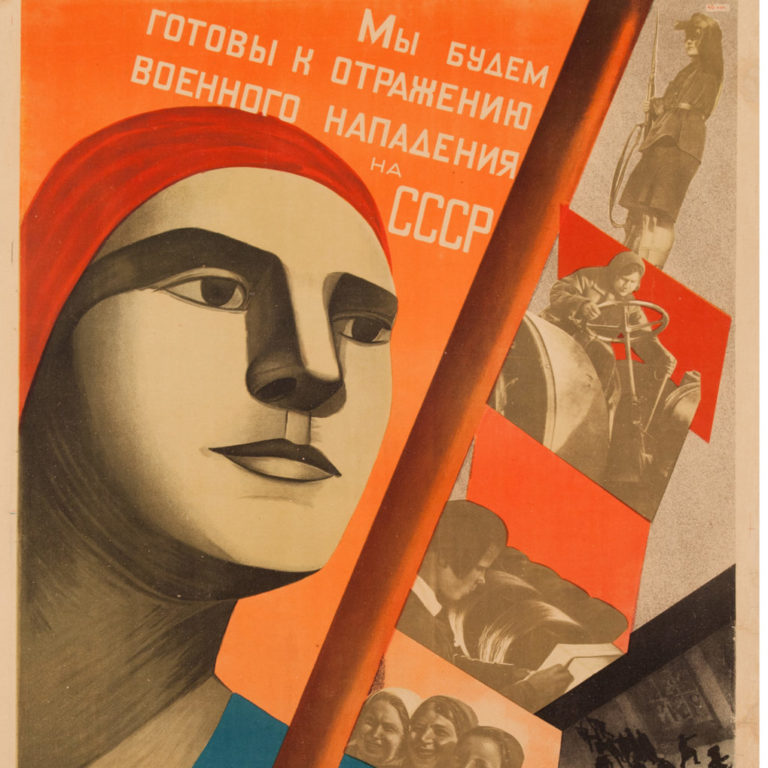
At a time when our own political moment has given rise to dangerous neoliberalism and right-wing nationalism across Europe and the United States, Revolutionary Russia of a century ago with its promise of social equality and transformation continues to seduce our imagination (at least in the former West), despite the ultimate failure of the Soviet project. This seduction fueled two recent shows in Chicago that marked the centennial of the October Revolution through the art, design and material culture of its artists and social architects.
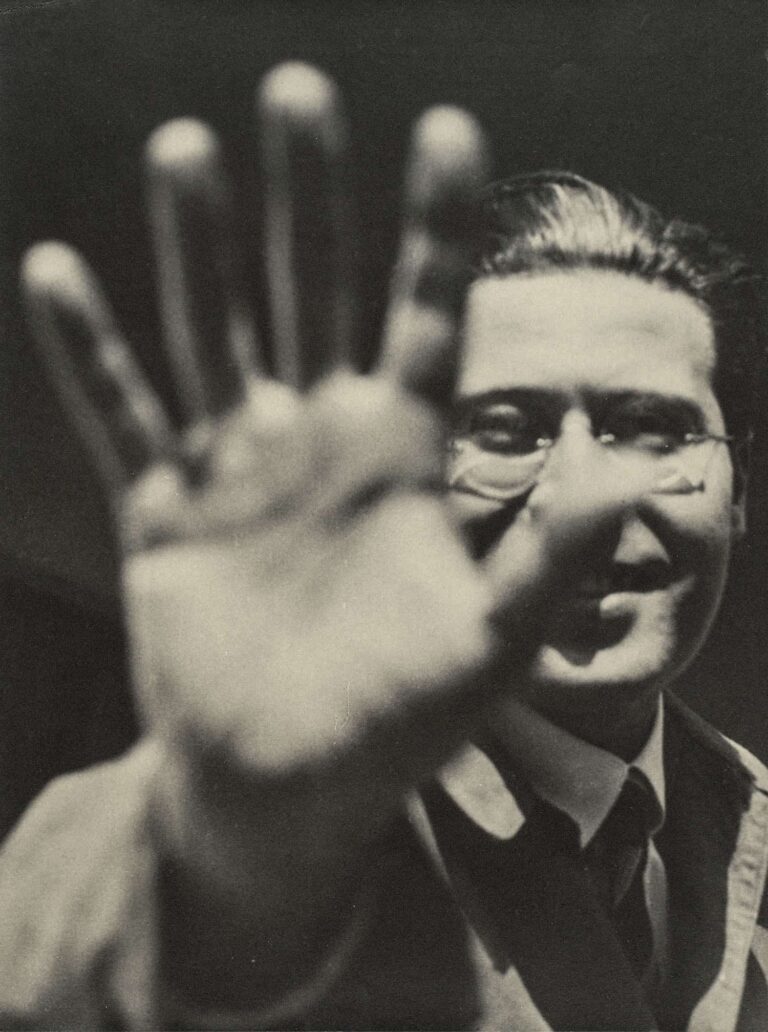
Moholy-Nagy: Future Present, the long overdue traveling retrospective of Hungarian-born artist and educator László Moholy-Nagy, is a timely testament to an artistic practice that was truly interdisciplinary, spanning seemingly every medium and ism, and to an aesthetic vision that saw the creative potential in every citizen.
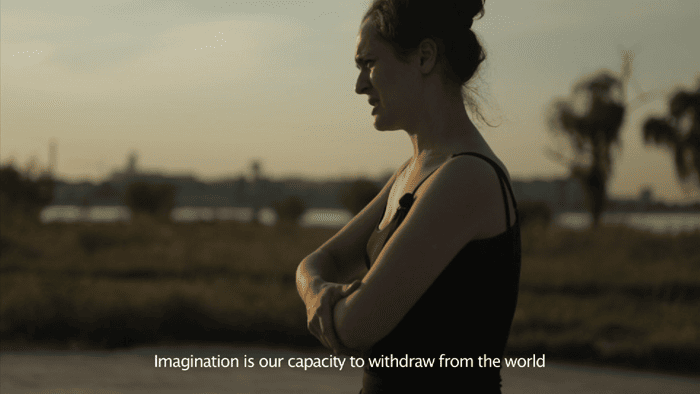
Throughout her practice that spans video, film, performance and installation, Irina Botea appropriates the instruments of mediation that shape the politics of memory to reconfigure the way history frames our contemporary consciousness.
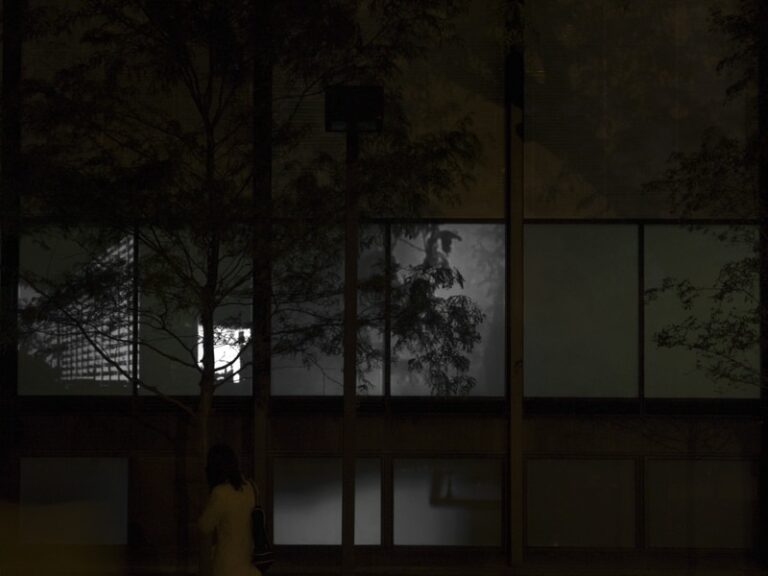
At the core of Jan Tichy’s multimedia practice is an investigation of the protean and plastic properties of light, an exploration grounded in the history of photography and by extension film and video. For Tichy, light is a medium of infinite possibility and a means for making visible the hidden histories of his chosen sites, whether a traditional gallery, a public housing complex, or a museum collection.
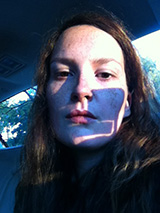
Irena Knezevic (born Serbia, 1982) is an artist who works in various media, including prints, ceramics, sculpture, video, music, and architecture. Her work often addresses issues related to the political and cultural history of her native Serbia.
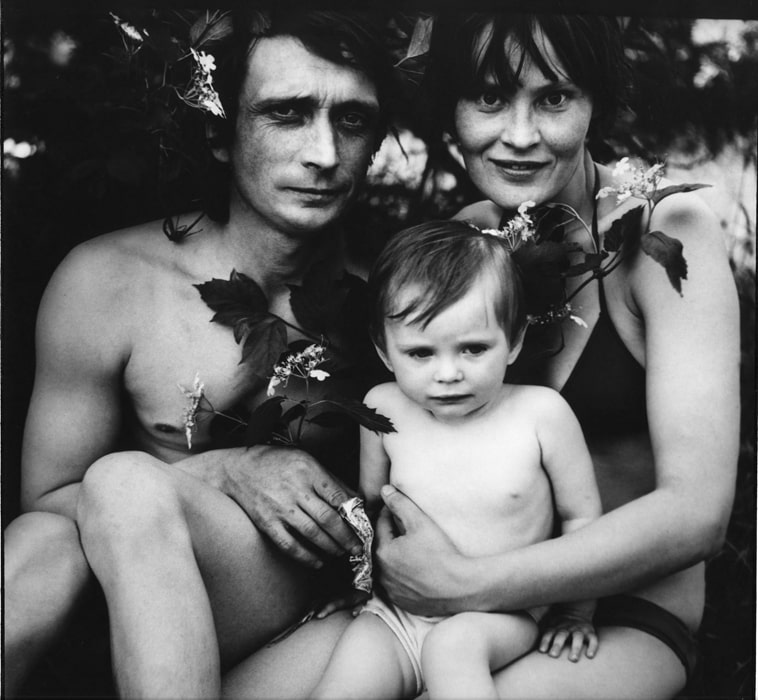
Shunning distinct geographical, temporal, even thematic delineations, Ostalgia presents viewers with an idiosyncratic and intentionally fragmentary portrait, or rather series of portraits, of life under socialist domination. At its heart is the role of the artist – and art –within and in response to this political condition, a position of both resistance and preservation.
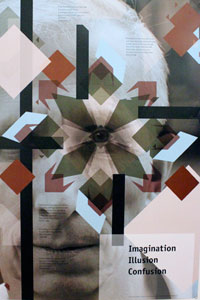
The following podcast took place on October 30, 2011, on the occasion of the exhibition Voices from the Center at threewalls gallery in Chicago, October 28 – December 10, 2011. The exhibition is an extension of a series of interviews with those living in Eastern Europe about life during and after communism by artist and curator Janeil Engelstad, beginning in 2006.
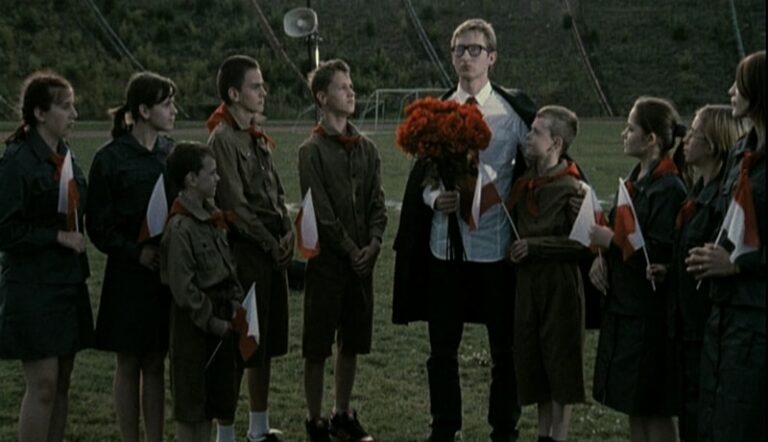
Yael Bartana infuses all her works with tensions and contradictions, blending fact and fiction, past and present to question cultural definitions of nationhood and identity. These issues play out in an epic style that draws from traditional documentary, socialist-realist propaganda and the artist’s self-scripted narratives.

Despite the art historical links suggested, the exhibition 50% Grey: Contemporary Czech Photography Reconsiderd is not a portrait of national identity. Rather the exhibition places current Czech photography between past and present, as a means for engaging both artist and viewer in zones of productive flux.











